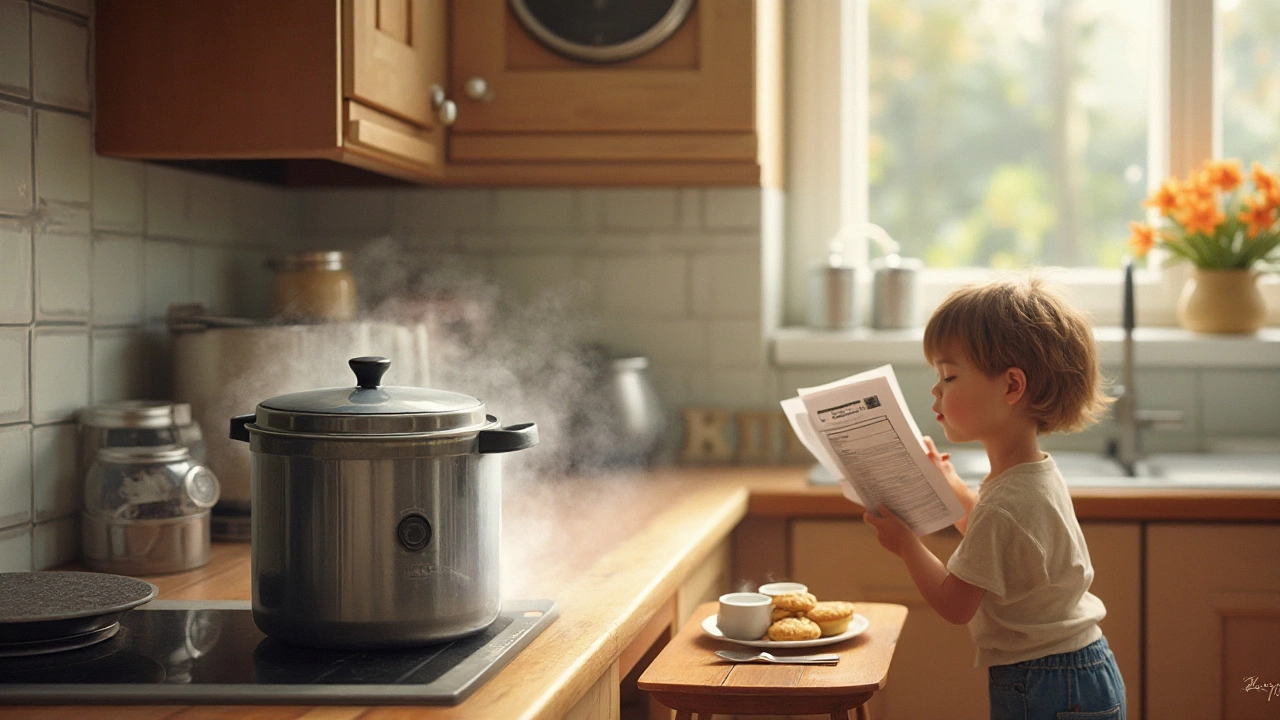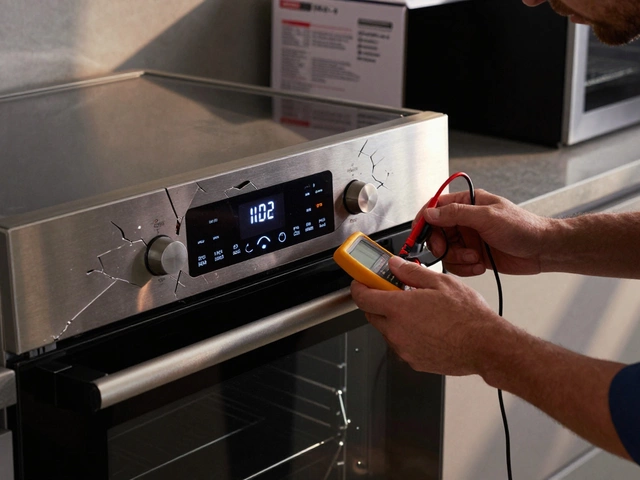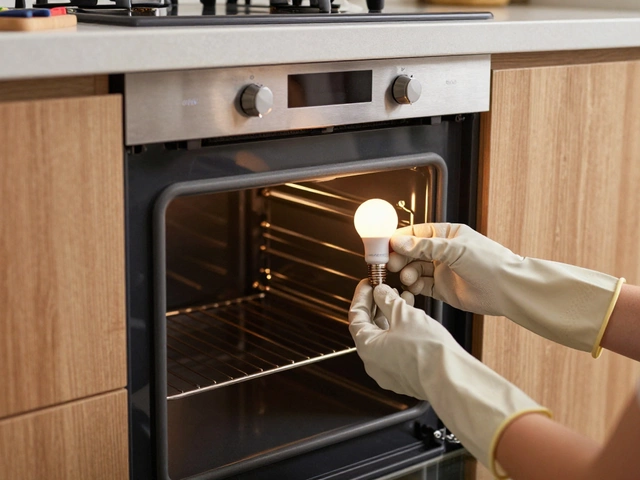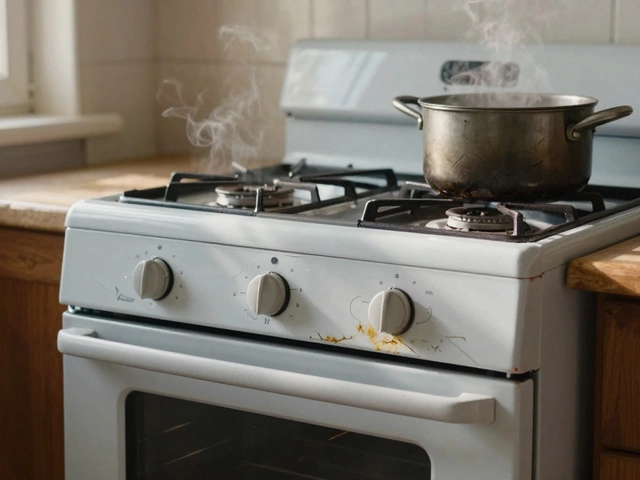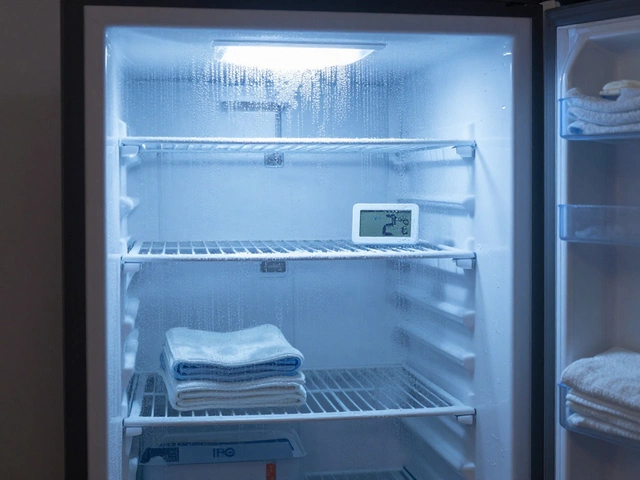Pressure Cooker Problems: Quick Tips to Identify and Fix the Most Common Issues
If your pressure cooker isn’t working right, you probably feel frustrated and worried about safety. The good news is that many of the glitches are easy to spot and fix yourself. Below you’ll find the top reasons a pressure cooker misbehaves, plus step‑by‑step fixes that can save you a call to a repair tech.
Why Your Pressure Cooker Misbehaves
Most problems fall into three groups: sealing issues, heat control problems, and safety‑device failures.
1. Bad seal – The rubber gasket wears out, gets dirty, or sits crooked. When the seal isn’t tight, the cooker can’t build pressure, so you’ll hear a lot of hissing or see the pressure indicator stay low.
2. Incorrect heat level – Using too high a flame can make the regulator pop off, while too low a flame won’t bring the pot to pressure at all. A flame that flickers around the sides also means the heat is uneven.
3. Faulty safety valve – The valve releases excess steam. If it’s blocked by food debris or corrosion, pressure can climb dangerously high or the cooker may constantly release steam, preventing pressure buildup.
Other clues include rattling noises (loose parts), a stuck pressure indicator, or steam escaping from the lid rather than the vent.
Simple Fixes You Can Do at Home
Before you grab the phone, try these quick checks.
- Inspect the gasket. Remove it, wash with warm soapy water, and dry thoroughly. Look for cracks or permanent deformation. If it’s damaged, replace it – they’re cheap and fit most models.
- Clean the safety valve. Use a soft brush or a pin to clear any food particles. Run a little water through it to ensure it slides freely. Never force it; a stuck valve can be dangerous.
- Adjust the flame. When you first see steam, turn the burner to medium‑high until the pressure indicator rises, then lower to a steady, gentle simmer. The cooker should maintain pressure without the regulator popping.
- Check the pressure indicator. If it’s stuck, tap it lightly with a wooden spoon. Sometimes mineral buildup can freeze the pin – a gentle tap can free it.
- Secure the lid. Align the marks on the lid and pot, then rotate the locking mechanism until it clicks. A loose lid lets steam escape and defeats the pressure build‑up.
If you’ve tried these steps and the cooker still won’t reach pressure, the problem may be internal – a warped base, a cracked metal pot, or a broken regulator. Those issues need a professional’s eye. At Hinckley Home Appliance Repair Services we can diagnose and replace the faulty parts quickly, so you’re back to fast, safe cooking.
Remember, safety comes first. Never open the cooker until the pressure valve has released all steam and the indicator shows zero. If you ever feel unsure, it’s better to wait a few extra minutes than risk a burn.
By keeping the gasket clean, the valve clear, and the heat steady, most pressure cooker problems disappear. With these simple habits you’ll extend the life of your cooker and keep meals coming out fast and tasty.
6 October 2024
·
0 Comments
Pressure cookers are a kitchen staple, but sometimes they present challenges that need fixing. Common issues include steam leaks, slow cooking times, and pressure build-up failures. Identifying the root cause of these problems can help in effective troubleshooting. Proper maintenance is key to ensuring the longevity and efficiency of your pressure cooker.
Read more

